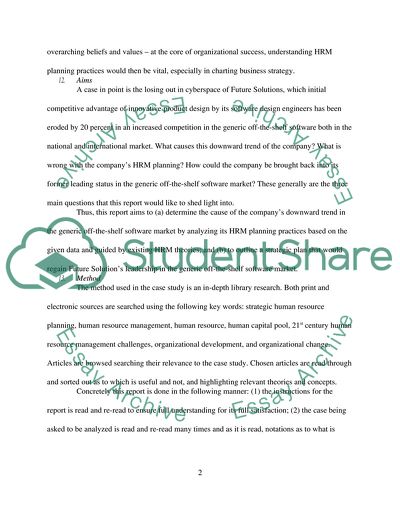Cite this document
(HRM Practices of Future Solutions Research Paper, n.d.)
HRM Practices of Future Solutions Research Paper. Retrieved from https://studentshare.org/human-resources/1732273-assessment-case-study
HRM Practices of Future Solutions Research Paper. Retrieved from https://studentshare.org/human-resources/1732273-assessment-case-study
(HRM Practices of Future Solutions Research Paper)
HRM Practices of Future Solutions Research Paper. https://studentshare.org/human-resources/1732273-assessment-case-study.
HRM Practices of Future Solutions Research Paper. https://studentshare.org/human-resources/1732273-assessment-case-study.
“HRM Practices of Future Solutions Research Paper”, n.d. https://studentshare.org/human-resources/1732273-assessment-case-study.


